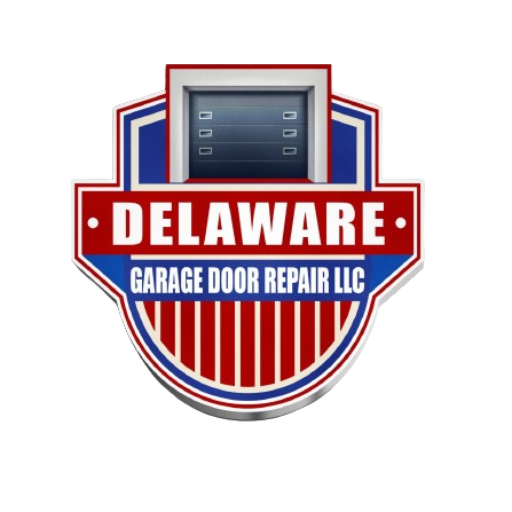
Garage Door Spring Repair: A Homeowner's Guide to Smooth Operation
Maintaining a functional garage door is crucial for the safety and convenience of any home. At the heart of your garage door system lie the springs—small yet vital components that bear the weight of the door and ensure smooth operation. Yet, garage door springs often go unnoticed until they begin to fail. This guide is here to help you understand the importance of garage door spring repair, recognize when they need repair, and learn tips for keeping them in top shape
Why Garage Door Spring Maintenance Is Important
Garage door springs perform the heavy lifting every time you open or close your garage door. These springs are under immense tension, which allows them to counterbalance the weight of the door. Proper maintenance ensures:
- Safety: Malfunctioning springs can pose serious safety risks, from sudden door collapses to snapped springs that can cause injury.
- Cost Savings: Regular maintenance can prevent expensive repairs or premature replacement of the entire system.
- Smooth Operation: Well-maintained springs allow your door to open and close effortlessly, improving your daily home routine.
Knowing about different types of springs and their maintenance needs will empower any homeowner to keep their garage door functioning reliably for years to come.
Common Types of Garage Door Springs
Garage doors typically use one of two types of springs, each with unique features and maintenance requirements.
1. Torsion Springs
Torsion springs are mounted above the garage door and use a twisting motion to generate the force needed to lift the door. They are highly durable and can last for 10,000 to 20,000 cycles (a cycle is one open and close). Torsion springs are often considered superior due to their longevity and reliability but require professional expertise for repairs or adjustments.
2. Extension Springs
Extension springs are located on either side of the garage door and stretch to provide lifting force. Although less expensive than torsion springs, they typically have a shorter lifespan and are more prone to wear and tear. Extension springs are common in older garage door systems.
By knowing which type of springs your garage door uses, you can better anticipate its maintenance needs and choose appropriate repair options when issues arise.
Signs Your Garage Door Spring Needs Repair
Early detection of spring issues can save you from costly repairs or potential accidents. Here are common warning signs that indicate your garage door spring may need attention:
1. Door Won’t Stay Open
If your garage door starts to drift closed after being opened, your springs may have weakened and lost their tension.
2. Slow or Uneven Movement
A garage door that rises or falls unevenly or moves sluggishly is likely a sign of failing springs struggling to do their job.
3. Loud Noises
A loud snapping or banging sound coming from your garage often indicates a broken spring. This is a clear signal that immediate repair is needed.
4. Visible Wear or Rust
Inspect your springs periodically for signs of wear, rust, or fraying. These signs suggest the springs are nearing the end of their life.
5. The Door Feels Heavy
If you notice your garage door suddenly feels heavier when operating manually, it’s often due to a malfunctioning spring no longer providing adequate counterbalance.
Paying attention to these signs and addressing them promptly can prevent further damage and ensure your garage door’s continued safe operation.
Tips for Maintaining Your Garage Door Springs
Proper maintenance can significantly extend the life of your garage door springs and keep them functioning smoothly. Here are some easy but effective tips:
1. Perform Regular Inspections
Make it a habit to visually inspect your springs every few months. Look for wear, rust, or stretched coils that could signal a problem.
2. Lubricate the Springs
Regularly applying a high-quality garage door lubricant ensures your springs operate smoothly and reduces friction, which prolongs their lifespan. Avoid using heavy oils or WD-40, as they can attract dust and debris.
3. Test the Balance of Your Door
Disconnect the automatic opener and manually lift the garage door halfway. If it stays in place, your springs are balanced. If it falls, your springs may need adjustment or replacement.
4. Schedule Professional Maintenance
Even with regular homeowner care, it’s vital to have a professional check your garage door springs annually. They can spot hidden issues and make precise adjustments that you might miss.
5. Avoid DIY Repairs
Springs are under enormous tension and can be hazardous if handled incorrectly. Never attempt to repair or replace them on your own unless you are experienced and properly equipped.
By implementing these maintenance practices, you can improve your garage door’s safety and avoid costly, avoidable repairs.
Garage door springs may not get much attention in your daily routine, but they play a critical role in your home’s safety and convenience. By understanding their function, keeping an eye out for warning signs, and performing regular maintenance, you can ensure your garage door runs smoothly for years. When in doubt, call Delaware Garage Door Repair to handle repairs or checkups—it’s always better to be safe than sorry.
Take care of your garage door springs, and Delaware Garage Door Repair will help take care of you!
